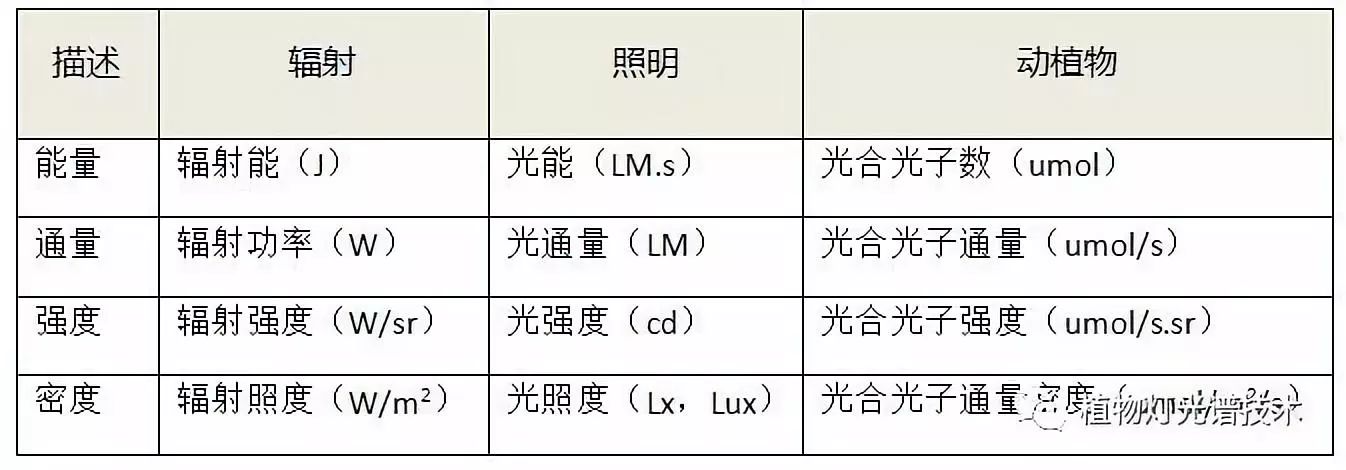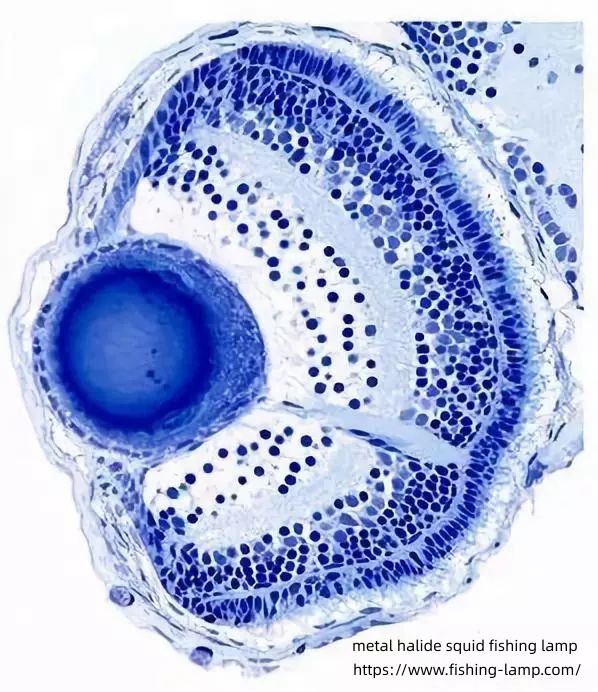Discussion on Technology and market of fishing lamp
1, biological light spectroscopy technology
Biological light refers to the light radiation that has an effect on the growth, development, reproduction, behavior and morphology of organisms.
In response to light radiation, there must be receptors that receive light radiation, for example, the light receptor of plants is chlorophyll, and the light receptor of fish is the visual cells inside the fish eye.
The wavelength range of biological response to light is between 280-800nm, especially the wavelength range of 400-760nm is the most important wavelength range, and the definition of wavelength range is determined by the behavioral response of biological photoreceptors to spectral forms in the wavelength range of light radiation.
Different from bioluminescence, bioluminescence is the light radiation that is applied to organisms in a certain band by the outside world with a stimulus response.
The study of biooptical spectroscopy is the quantitative analysis of the stimulation and response of biological photoreceptors by wavelength range and spectral morphology.
Plant lamps,Green fishing lamps, medical lamps, beauty lamps, pest control lamps, and aquaculture lamps (including aquaculture and animal farming) are all research scopes based on spectral technology, and there are common basic research methods.
Light radiation is defined in three physical dimensions:
1) Radiometry, which is the basis for the study of all electromagnetic radiation, can be the basic measurement of any type of research.
2) Photometry and colorimetry, applied to human work and life lighting measurement.
3) Photonics, which is the most accurate measurement of the light quantum on the light receptor, is studied from the micro level.
It can be seen that the same light source can be expressed in different physical dimensions, depending on the nature of the biological receptor and the purpose of the study.
Sunlight is the basis of spectral technology research, artificial light source is the premise of efficiency and accuracy of spectral technology research content; Which physical dimension different organisms use to analyze the response behavior of light radiation is the basis of research and application.
1, the main problems that need to be solved
The metric dimension problem of optical radiation parameters:
Lighting color temperature and color rendering and spectral form are based on spectral technology, luminous flux, light intensity, illuminance these three dimensions are the measurement of lighting light energy, color rendering is the measurement of visual resolution caused by spectral composition, color temperature is the measurement of visual comfort caused by spectral form, these indicators are essentially the spectral form distribution of light index sensitivity analysis.
These indicators are produced by human vision, but not the visual measurement of fish, for example, the bright vision V (λ) value of 365nm is close to zero, at a certain depth of sea water illuminance value Lx will be zero, but the fish’s visual cells are still responsive to this wavelength, the value of zero parameters to analyze is unscientific, illuminance value zero does not mean that the light radiation energy is zero, Instead, as a result of the unit of measurement, when other dimensions are used, the energy of light radiation at this time can be reflected.
The lighting index calculated by the visual function of the human eye to judge the performance of the metal halide squid fishing lamp, this similar problem also existed in the early plant lamp, and now the plant lamp uses the light quantum measurement.
All organisms with visual functions have two kinds of photoreceptor cells, columnar cells and cone cells, and the same is true for fish. The different distribution and quantity of the two kinds of visual cells determine the behavior of the fish’s light response, and the size of the photon energy entering the fish’s eye determines the positive phototaxis and negative phototaxis.
For human illumination, there are two kinds of visual functions in luminous flux calculation, namely, bright vision function and dark vision function. Dark vision is the light response caused by columnated vision cells, while bright vision is the light response caused by cone vision cells and columnated vision cells. Dark vision shifts to the direction with high photon energy, and the peak value of light and dark vision differs only by 5nm wavelength. But the peak light efficiency of dark vision is 2.44 times that of bright vision
To be continued…..
Post time: Sep-28-2023

